For monthly payment for consumed electricity, it is necessary to transfer the data to the subscription service or make calculations on your own. In any case, it is necessary to take the readings of the electricity meter, and then carry out the appropriate actions. How to do this – we will consider further.
Artikkelin sisältö
Taking readings from induction meters
Induction meters can be distinguished by a spinning wheel, which is located just below the frame with numbers. These numbers are the meter readings. The number of digits depends on the model.
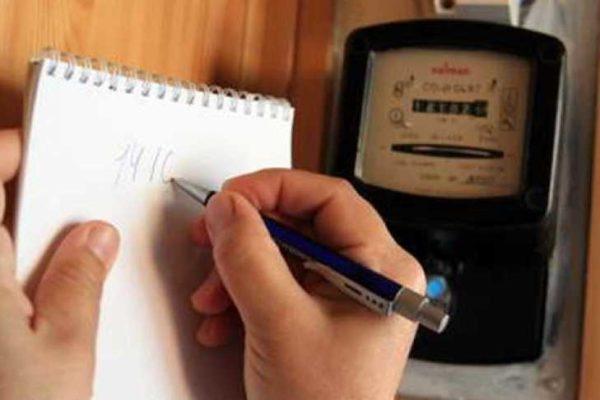
How many digits to write off
Usually there are 5, 6 or 7 digits on the inductive meter’s scoreboard. In most cases, the last digit, less often two, are separated by a comma, color or differ in size. All digits after the decimal point are not taken into account when taking readings. They show tenths and hundredths of a kilowatt and should not be taken into account. That is, all digits after the decimal point are not taken into account.
- There are models with three digits “significant” and two after the decimal point
- There are electricity meters that do not have digits after the decimal point. Then, when taking readings, write all the digits
But it is worth remembering that there are models of meters in which there is no comma. In this case, when taking readings, it is necessary to write down all the digits. If you do not do this, sooner or later you will have to pay the difference, and it is usually very large. So be careful.
If you are not sure whether there is a comma in your meter, write down the model, name and call the customer service of the organization that supplies electricity. Let them clarify how many digits in your case should be deducted when taking readings. You can also call the controller at home or clarify these data from the electrician of the management company.
How to read
Immediately after the installation of the meter, you are given a certificate in which the initial figures are specified. When it comes to take the readings of the light meter, take a piece of paper, write down the readings that are currently available (without taking into account the numbers separated by a comma). It is also possible not to write down the zeros, which stand at the beginning – up to the first digit (see photo).
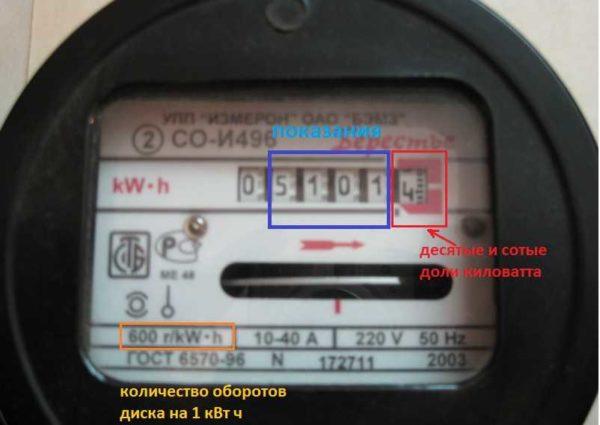
For further calculations, you need the data for the previous month. In the first month of use, you take them from the act of installation, and in the future it is necessary either to keep receipts or keep a logbook. Where and how they will be stored is your choice.
Some subscription services work in such a way that you don’t need to count anything, you just need to transfer the data at a certain time interval. Their automated system itself will record on your personal account (or the operator will do it), then make calculations independently and generate a receipt. You will only have to pay the invoice. But even in this case, for control purposes, you can calculate how much you have to pay for electricity yourself. Of course, it is unlikely that the computers will make a mistake (they count), but you never know….
How to count
To calculate electricity by meter, you subtract the figure you just wrote from the one you had before. You get the number of kilowatts consumed during the last period.
For an example, consider the readings in the photo above. Let the previous ones were 4852, the current ones are 5101 (the digits after the decimal point are ignored). We calculate the electricity consumption: 5101 – 4852 = 249 kW. To find out how much you have to pay, multiply the received number of kilowatts (in this case 249 kW) by the tariff. Get the amount you will have to pay for light.
If the meter stands for a long time, sooner or later it will “zero out” – zeros will appear on the first positions. How to calculate electricity consumption in this case? Everything is very simple. This time you will have to rewrite the readings with all the zeros, and put “1” in front of the first one. For example, you sewed to take readings from the meter, and there only the last digits are different from zero. Or, as in the photo below, there is only a one.
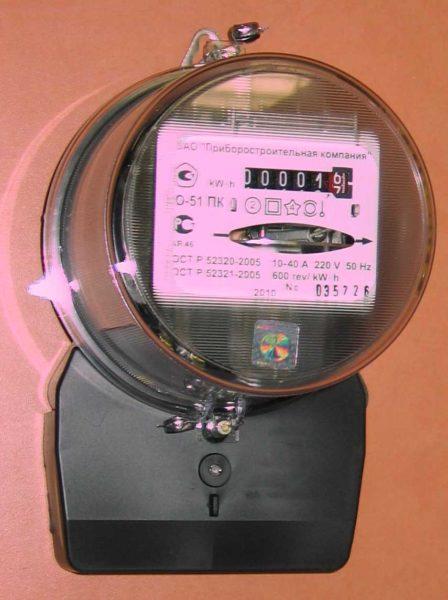
You rewrite the value as it is, with all zeros (but the digits after the decimal point do not write), before the first zero put one, and then count as before. Let’s count the reading in the photo. We write out the reading by putting a “1” in front of it: 100001. Let’s say the last reading was 99863. We subtract 100001 – 99863 = 138 kW. Total consumption for the reporting period was 138 kW. In the future, you write off the readings of the electric meter as before, without zeros in front and without substituting a unit.
Readings of electronic electricity meters
Electronic electricity meters do not have a mechanical scoreboard with “jumping” digits, but an electronic one. It can display not only the numbers showing how many kilowatts are spent, but also the date, the time of operation of the meter, some other data. In most electronic light meters, these data change after a few seconds. If the meter is multi-zone, the readings for each zone (T1, T2, T3, T4) are displayed sequentially.
To read an electronic type electricity meter, you can wait until the required information appears and write it off. The second option is to press the “enter” button. You may have to press it more than once until the required information appears. It can be distinguished by the icons displayed on the screen. Usually they are T1, T2, T3, T4 or the word TOTAL.
For example, in the photo below, on the screen in the upper left corner we can see the T1 icon and a little farther away the larger numbers – 72,69. If you look closely, behind them are the units of measurement – kWh. This is the electricity consumed in the first zone T1 (daily tariff).
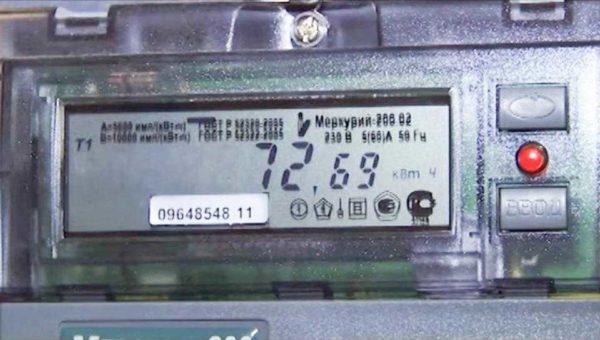
After the required data are displayed, they are recorded in the receipt and then perform calculations (described above). If the data just need to be transferred to the subscription service, they can be written down on a piece of paper.
Be careful! Here, too, only the whole part should be written down, not taking into account the decimal places. For example, in this case (in the photo above), only the digit 72 without the “tail” should be transmitted or calculated.
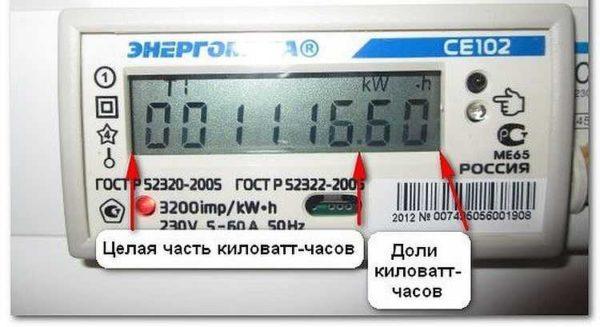
How to take readings from a Mercury 200 meter
There are single-tariff meters Mercury (in the specification they are designated as 200.00), and multi-tariff (with digits after the point other than zeros, for example, Mercury 200 01, may be 02 or 03). They differ in the number of zones, as well as the presence/absence of the control panel.
Regardless of the model, the readings are taken in the same way. You just have to press the “enter” button a different number of times or wait for more digits to appear.
Electric meters Mercury 200 alternately show the time, date, then tariffs by zone. First, the time is displayed in the usual tariff – hours, minutes, seconds are shown slightly higher. Then after a few seconds the date appears on the screen. It is also displayed in the standard format: number, month, year.
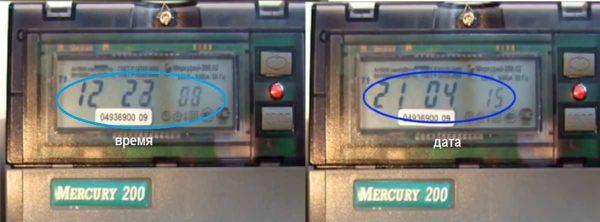
After this, the display of tariffs begins. The name of the tariff appears in the upper left corner: T1, T2, T3 or T4. Their number depends on the model you have installed. They are displayed one by one. At this stage they can be written down (whole part, without decimal places).
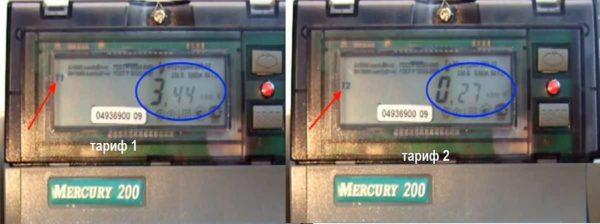
After all tariffs, the checksum of all tariffs appears. Then the cycle repeats – time, date, tariffs, total value, etc.
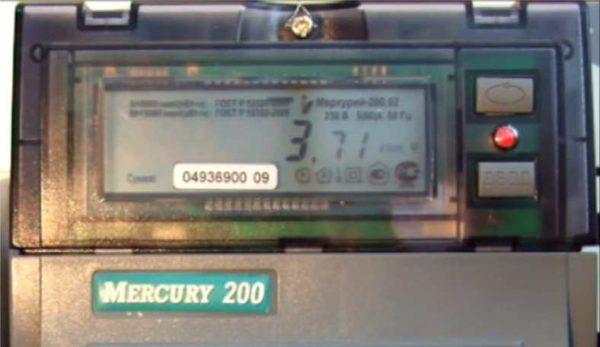
Figures on the screen change every 5-10 seconds – depending on the setting. It is quite possible to make a record. But if you didn’t have time, you can switch to the tariffs in manual mode. To do this, you need to press the “enter” button at any time. On the photo it is under the red LED. You press the button (pressed/released) until the value you need appears. To switch to the next value, press again. It’s not difficult at all.
A little more complicated will be the calculations, as you will have to calculate the number of used kilowatts for each zone. This is the end of all complications. How to read a multi-tariff electricity meter, you now know. All other models of Mercury meters do not differ much in this regard. Even their buttons look the same and are located in the same place.
Energomera meters
Reading an Energomera day-night meter (dual-rate or multi-tariff) is exactly the same. The difference is that the button on these meters is called “MRM” (view). There may be two or three buttons, depending on the modification.
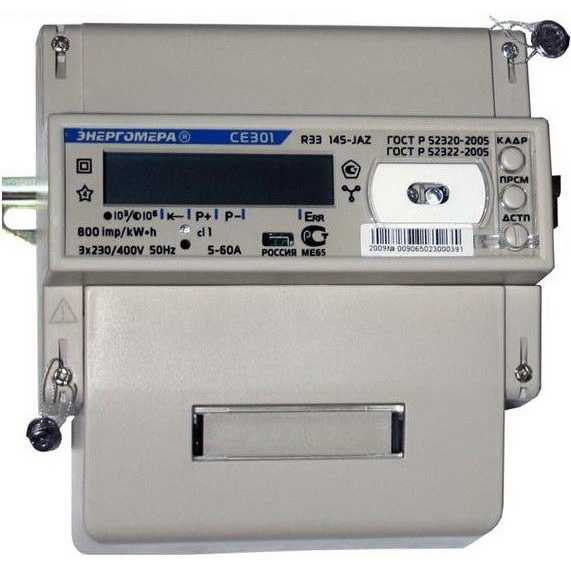
When you press this button, the numbers appear, showing how many kilowatts “tipped” for each zone of the tariff. There are no other differences.
Taking readings from a Micron electricity meter
In multi-tariff electronic electricity meters Micron on the body there is only one button, and it must be pressed to display the required readings on the screen. Only in this case it is necessary to wait until “ticks” above the letters “T1” and “R+” appear on the display (see photo). This will be the first tariff reading.
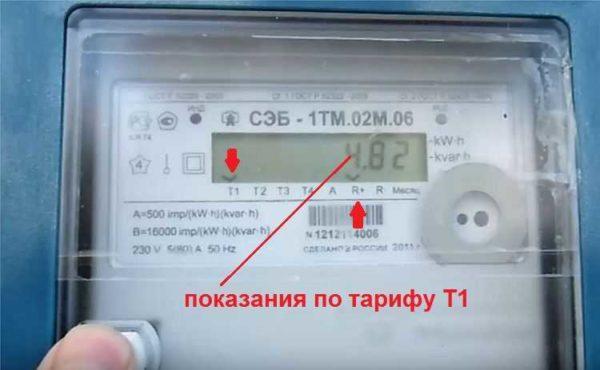
Then we press the same button until the ticks appear above T2 and R+, if there are more zones, we press further. This is how this day/night meter is read.
Saiman meters
Now in many regions, old induction meters are being replaced by electronic meters for free, and most often they are Saivan meters. These are very simple devices, they do not have buttons that can be used to forcefully “flip” the readings. You just have to wait until the required value is displayed. That is, in this case, to read the electricity meter, you simply wait until the required value (TOTAL) is displayed and write it down on the receipt (or send it to the appropriate service).
To make it easier to navigate, here is the order in which the data is displayed in this electricity meter:
- date;
- time;
- meter number;
- transmission number (1600);
- TOTAL – readings of a single-rate meter or T1, T2, TOTAL for day/night (dual-rate) meters.
The TOTAL or T1 and T2 readings and also the total TOTAL readings should be recorded in the receipt. Once again, we remind you that you should write down only the whole part, without taking into account the digits after the decimal point. You can see the same information in video format.
Meters with automatic data transmission
Many manufacturers of electricity metering devices produce models that transmit readings through a specially organized channel in automatic mode. Installation and configuration of this equipment is more complicated, but you will not have to worry about how to transmit the readings of the electricity meter. They “go” themselves.
How to take readings from three-phase meters
Three-phase electric meters are of two types – old type, requiring the presence of transformers and electronic direct inclusion (without transformers). If an electronic one is installed, take the readings of the electricity meter should be the same as described above. Simply write down the values, waiting until the required information appears on the screen or “scroll” through the data to the required page.
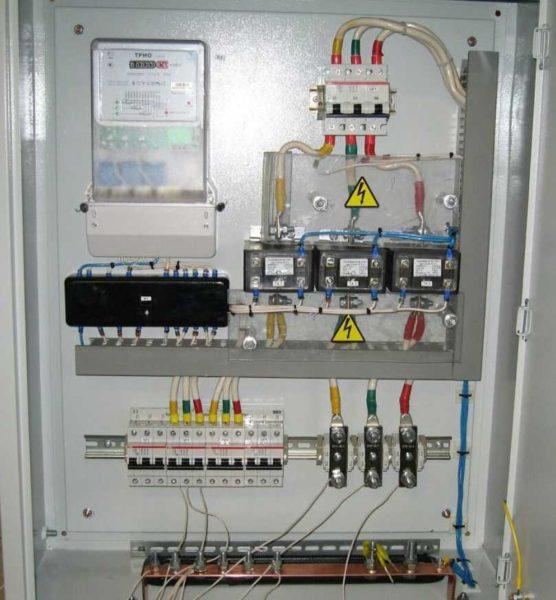
If a large capacity is allocated or there is an old-style meter, a transformer is installed on each of the phases. To take readings in this case, it is necessary to know the transformation ratio. The readings taken must be multiplied by this coefficient. The resulting figure will be the actual consumption.
But in general, you need to read the contract. There should be prescribed procedure of calculations – in some organizations write out the readings, at the bottom put the data of the transformer or transformer ratio, and the actual calculations are made by the operator. So if you have a 3-phase meter, specify the form and procedure of calculations when installing and sealing the metering device and putting it into operation.

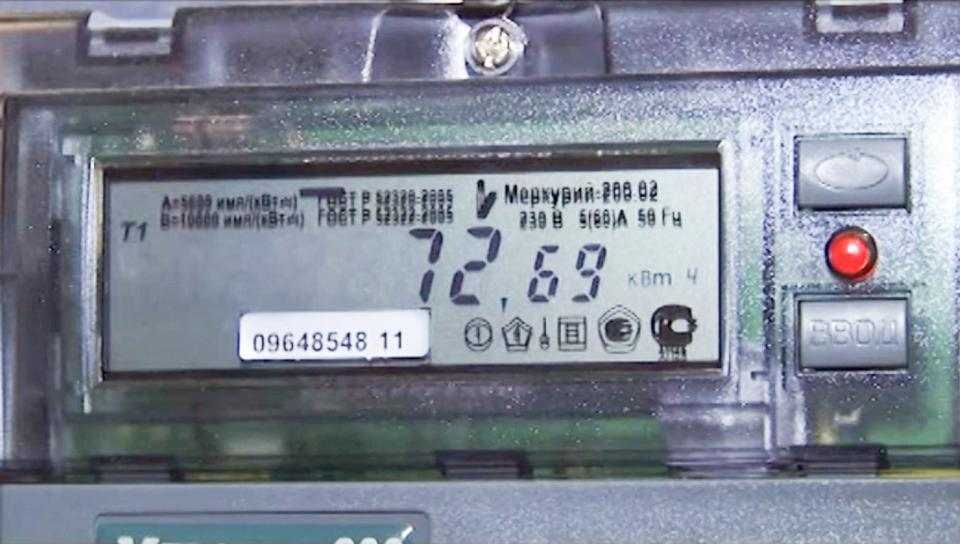
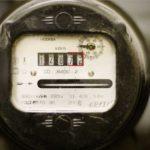
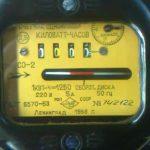
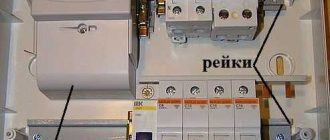




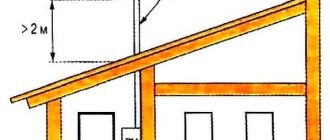
Reading an electricity meter was a bit tricky at first. I remember when I moved into my new place; I had to figure it out to avoid surprises in my bill. Just gotta note the numbers and understand the kWh usage. Simple once you get the hang of it!
Reading an electricity meter is super easy once you get the hang of it! I remember the first time I did it; I felt like a pro. Just jot down the numbers you see and keep track each month. It really helps in budgeting! Give it a shot!